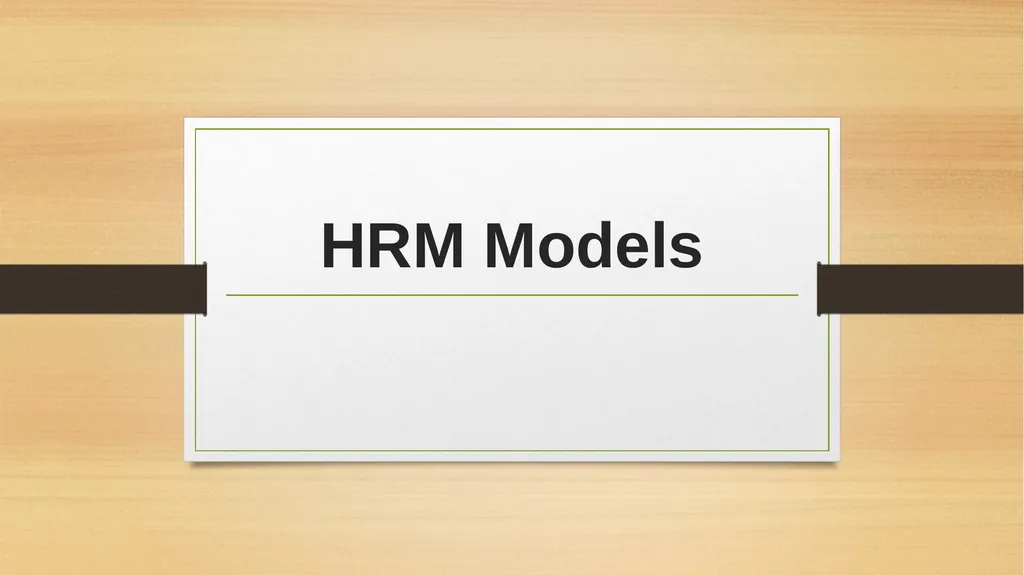
HRM Models Some of the important HRM Models: 1.
Author: liane-varnes | Published: 2025-06-27
Description: HRM Models Some of the important HRM Models: 1. The Standard Causal Model of HRM The best-known HR model is the Standard Causal Model of HRM. The model is derived from many similar models published throughout the 90s and early 2000s. The
Download Presentation
Download the PPT/PDF: Download
Transcript:
Loading transcript…